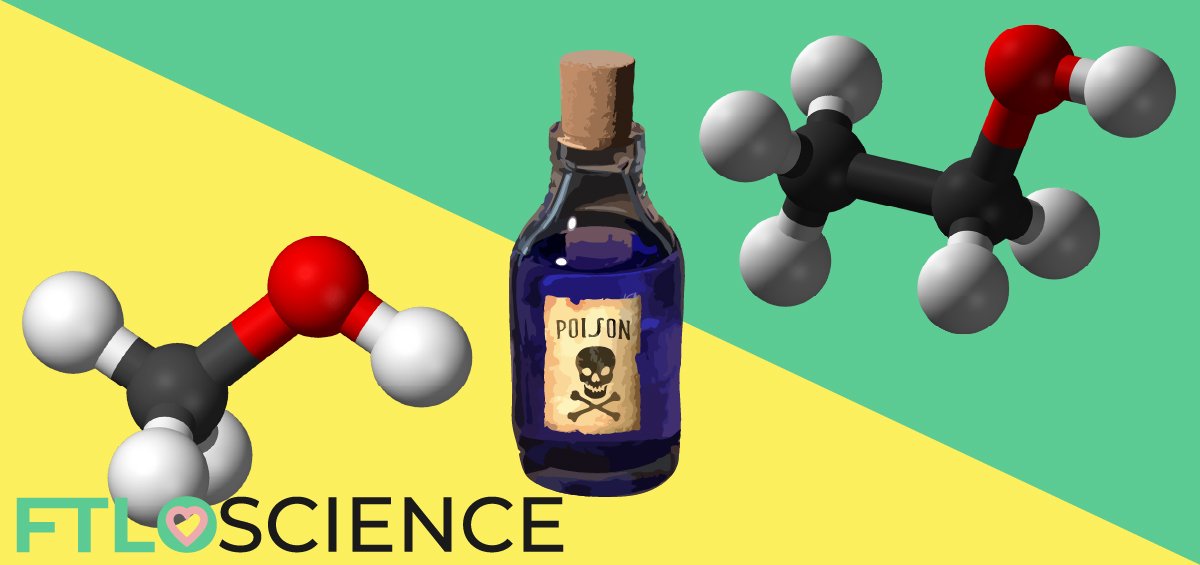Looking for medicinal properties in natural compounds is the cornerstone of drug discovery, with many drugs on the market originating from or inspired by plant or animal metabolites. Frog skin secretions contain hundreds of biologically active peptides, piquing the interest of scientists who recognize their therapeutic potential as novel antibiotic and anticancer agents.
What? Frog Skin?
Frogs—like many other amphibians—can secrete venom and other chemicals through glands on their skin. Having evolved over millions of years, these chemicals are extremely targeted toward certain biochemical processes. It is this specificity and potency that has raised interest in medicinal chemistry programs, as discovering similar molecules in the lab often takes years of modification and optimization.
The Secret is in the Secretions
The first studies of the medicinal properties of frog venom stem from the research of Italian pharmacologist and chemist Vittorio Erspamer, better known as the discoverer of serotonin, an important neurotransmitter. One day, his dog attacked a toad and became very sick, inspiring his research on amphibian secretions and their biological effects on animals and humans1. Beginning in the 1930s, Erspamer’s research spanned over 60 years until his death in 1999.
It turns out that peptides also form another major component of frog skin secretions. A wide array of short protein chains helps frogs heal wounds and boost their immune systems, which makes them good candidates for developing new biologic drugs. Unlike the usual toxins, these peptides also have the added advantage of not killing you (probably).
Collecting Frogs and Analyzing Peptides
Researchers in this field spend a lot of their time, well, in the field! They painstakingly collect secretions from frog species all around the world, extracting them from their skin glands using electrical stimulation. Because the electric current used is so small, the frogs are released back into the wild unharmed but certainly with a story to tell.
The secretions often contain hundreds of different peptides, so identifying each one is a real challenge. Separation techniques like liquid chromatography coupled with mass spectrometry allow scientists to build huge libraries of these compounds. It then becomes a case of matching the biologically active peptides with structures from the libraries, providing possible starting points for lead identification in medicinal chemistry programs.
Making the Leap into Biologic Drugs
To date, over 1000 frog skin-derived peptides have been characterized and studied by scientists all around the world. Further modifications have also been made to improve their potential for therapeutic applications, such as reducing their toxicity and improving their stability inside our bodies.
Biological Antibiotics
Although frog venom peptides vary in structure and size, it was found that many of them shared interesting antimicrobial activity. Because frogs and most amphibians spend much of their lives around water, they are exposed to many forms of disease-causing water-borne bacteria. Their secretions act as a first line of defense against these pathogens, killing them before they can penetrate their skin.
One class of antimicrobial peptides (AMPs) comes from the midwife toad that lives a high life in the Pyrenees mountain ranges. It secretes AMPs that disrupt the cell walls of certain bacteria, including dangerous strains of drug-resistant Acinetobacter baumannii and Staphylococcus aureus2. Further modification of its AMPs has been shown to increase its effectiveness toward bacteria while reducing its toxicity toward human cells.

These AMPs act as small but effective antibacterial agents. They work through many different modes of action, making them ideal for fighting antibiotic-resistant bacteria. Some of these AMPs also have antiviral properties, binding to viruses like HIV and disrupting its envelope before they can infect our immune cells3.
Anticancer Medicine
Some of the peptides secreted by amphibians have antitumor properties, being toxic to cancer cells while having little activity against normal human cells. Between them, the anticancer peptides studied have the therapeutic potential to treat lung, breast and bladder cancers, along with lymphomas, melanomas and leukemias.
Two short (23 amino acid residues) peptides from the African clawed frog, named magainin I and II, are AMPs that also show antitumor activity4. By modifying their original structure, researchers have developed several peptides that kill a wide range of cancer cell types. Magainin II has also been tested in nude mice models and shown to be an effective treatment against melanoma tumors.
Despite the range of anticancer activity these peptides have, there is currently very little that we know about their mechanism of action. Some peptides kill tumor cells by damaging their cell membrane directly, while others induce cell death by inhibiting ATP—the energy source. Further research is necessary to further understand how they work, and how they can be translated into cancer drugs.
Diabetes and Inflammation
Several frog skin peptides have also been highlighted for their ability to treat patients with type II diabetes, in which their cells stop responding to insulin. The peptides work by increasing insulin sensitivity in cells, among other modes of action5. Mice models show that some peptides are also able to alter the genes responsible for insulin secretion!
Inflammation is another area in which these peptides have therapeutic potential. Depending on the peptide, they can either promote inflammation (inducing an immune response) or suppress it. Some peptides with immunosuppressive properties are being studied for their use in treating acne vulgaris. They can slow the growth of Propionibacterium acnes, the bacteria responsible for infection of our pores, while leaving human cells undisturbed6.
Future of Frog Peptide Research
Highlighted above are just some examples of animal-derived peptides as novel drug discovery leads. Apart from their antibacterial and anticancer properties, peptides from frog skin secretions are also being studied as painkillers (analgesics), treatments for diabetes and even in cardiovascular applications. Just like the venomous peptides in Komodo dragon saliva, the biologically active peptides in frog skin provide us with useful starting points for research.
Studies of amphibian peptides as drug candidates are still in their very early stages, with many species of frogs and toads yet to have their skin secretions collected. Sadly, many of the Earth’s 6300 amphibian species are endangered, and will likely become extinct before we get the chance to do so. Their value in drug discovery research alone makes a strong case for increasing amphibian conservation efforts worldwide.
Reference
- Shaw, C. (2009). Advancing drug discovery with reptile and amphibian venom peptides, venom-based medicines. In Biochem Soc (Vol. 31, pp. 34-37).
- Conlon, J. M., Demandt, A., Nielsen, P. F., Leprince, J., Vaudry, H., & Woodhams, D. C. (2009). The alyteserins: two families of antimicrobial peptides from the skin secretions of the midwife toad Alytes obstetricans (Alytidae). Peptides, 30(6), 1069-1073.
- Xu, X., & Lai, R. (2015). The chemistry and biological activities of peptides from amphibian skin secretions. Chemical Reviews, 115(4), 1760-1846.
- Zasloff, M. (1987). Magainins, a class of antimicrobial peptides from Xenopus skin: isolation, characterization of two active forms, and partial cDNA sequence of a precursor. Proceedings of the National Academy of Sciences, 84(15), 5449-5453.
- Conlon, J. M., Mechkarska, M., Abdel-Wahab, Y. H., & Flatt, P. R. (2018). Peptides from frog skin with potential for development into agents for Type 2 diabetes therapy. Peptides, 100, 275-281.
- Pantic, J. M., Jovanovic, I. P., Radosavljevic, G. D., Arsenijevic, N. N., Conlon, J. M., & Lukic, M. L. (2017). The potential of frog skin-derived peptides for development into therapeutically-valuable immunomodulatory agents. Molecules, 22(12), 2071.
About the Author

Sean is a consultant for clients in the pharmaceutical industry and is an associate lecturer at La Trobe University, where unfortunate undergrads are subject to his ramblings on chemistry and pharmacology.




